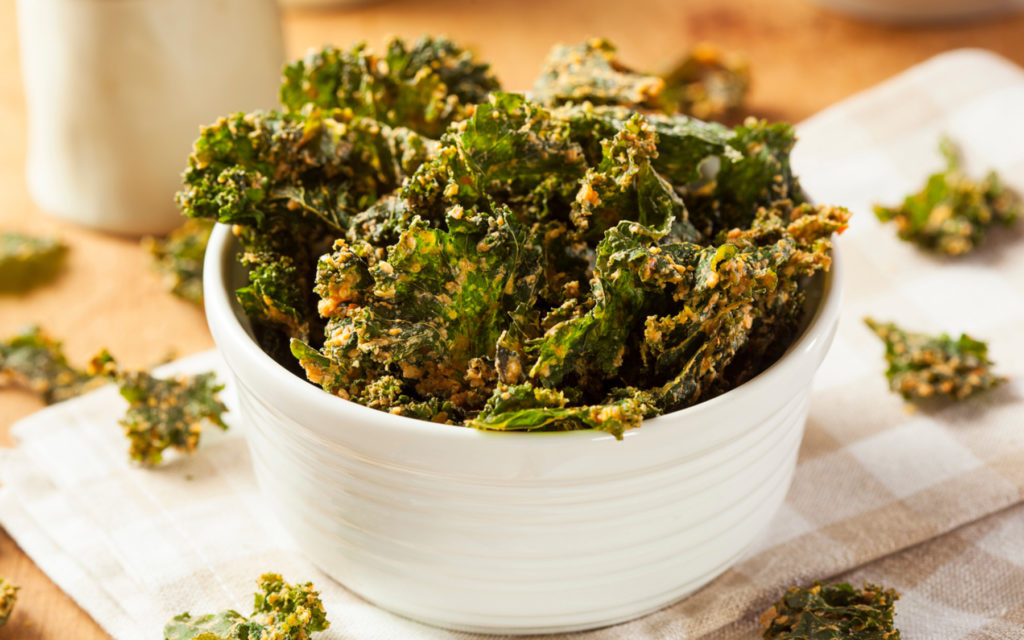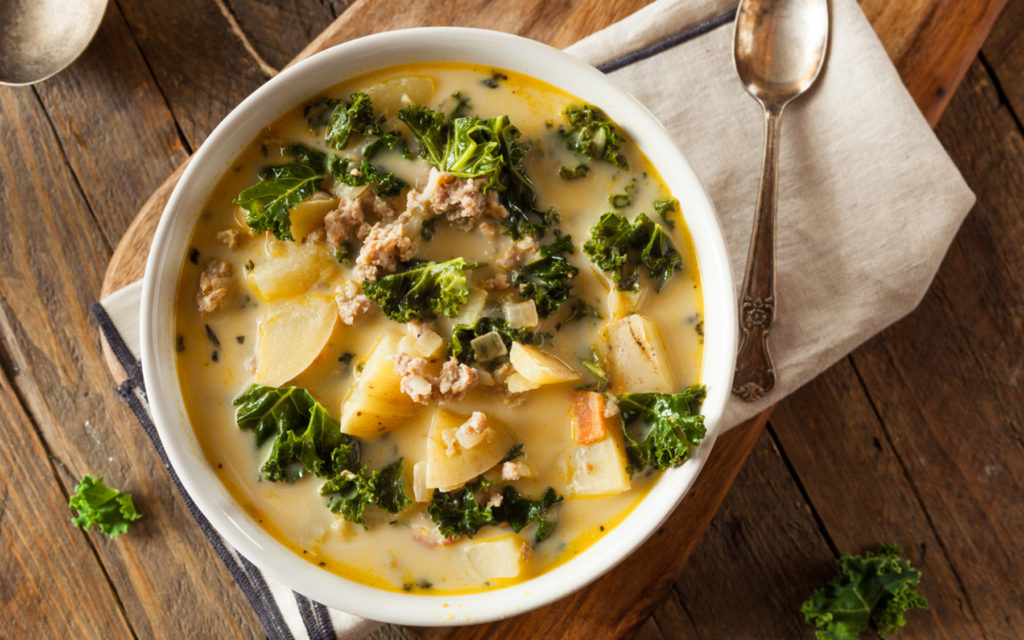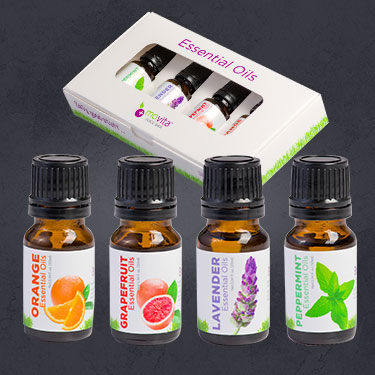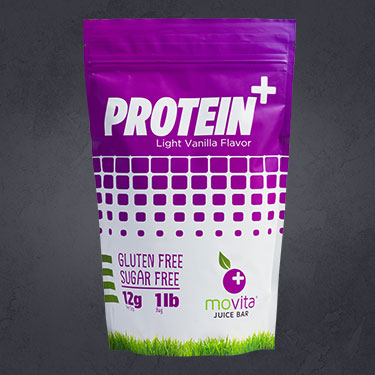
We’re back again to share some healthy tips on how to keep your heart healthy during the month of February! I know, we’ve written about kale in a previous post. But honestly, you can’t get enough of kale these days!
Kale, as you may already know, is a cruciferous vegetable, like cabbage, broccoli and cauliflower, and has large, edible leaves with a tough central stem. Typically dark green in color, kale is available in a variety of colors, including purple. The edges of the leaves are either flat or curly. When you buy kale, you’ll normally find it sold whole or pre-chopped, and it can be eaten raw or lightly cooked.
There are multiple varieties of kale (16 to be exact). These include curly leaf kale, dinosaur kale (a.k.a. lacinato kale), white kale, red Russian kale, Siberian kale, Chinese kale, baby kale, black kale, sea kale, redbor kale, premier kale, walking stick kale, Portuguese kale, Brazilian kale, purple kale, and ornamental kale. So much kale, so little thyme! 🙂
Kale is seriously popular among health enthusiasts for good reason. In addition to being very low in calories (roughly 35 calories per cup of chopped kale), kale provides beta-carotene, vitamin K, and vitamin C. It’s also a good source of potassium and calcium and provides a small amount of iron and other micronutrients. Kale also adds fiber to your diet. Don’t just eat the leaves! The woody stalks can be chopped up and sautéed to be used in soups and stews –their flavor is similar to celery.
5 Top Health Benefits of Kale
1. May support immunity – Kale contains four times the vitamin C content and twice the selenium content of spinach, as well as nutrients like vitamin E and beta-carotene. These are all important for supporting a healthy immune system.
2. May support bone health – Kale contains many of the minerals our modern diets lack. It’s a good source of plant-based calcium, needed for strong bones and teeth, and has low levels of a natural compound called oxalate, which makes the calcium more available for absorption. Kale is also a good source of vitamin K, which
3. May protect against heart disease – which maintains a healthy blood pressure. Another benefit of kale is that it contains substances that bind to cholesterol to help manage levels. Studies suggest that even if you juice or steam kale, you will still benefit from these advantages.
4. May protect against cancer – As well as being nutrient-dense, kale is rich in cancer-protective substances such as sulforaphane and indol-3-carbonol.
5. May support eye health – Kale is rich in two phytonutrients, lutein and zeaxanthin, that support the health of our eyes and vision. Consuming sufficient quantities of these nutrients lowers the risk of age-related macular degeneration and cataracts.
Did you know that leafy vegetables like kale may also play a role in mental health?
There you have it, here are ways to be Kaleful!
We have a few more things to share with you for Heart Health month, so check back with us soon for our next post!
And as always, follow us on Instagram @movitajuicebar for everything fresh, healthy & nutritious!
DISCLAIMER: These statements have not been evaluated by the FDA. The information is for informational purposes and is not intended to treat, diagnose or cure any illness. Consult a physician before taking any action.
Want to contribute great content?
We are looking for contributors provide our readers with great healthy content to encourage positive living. If you're interested in becoming a contributor pease email us at blog@movitajuicebar.com




